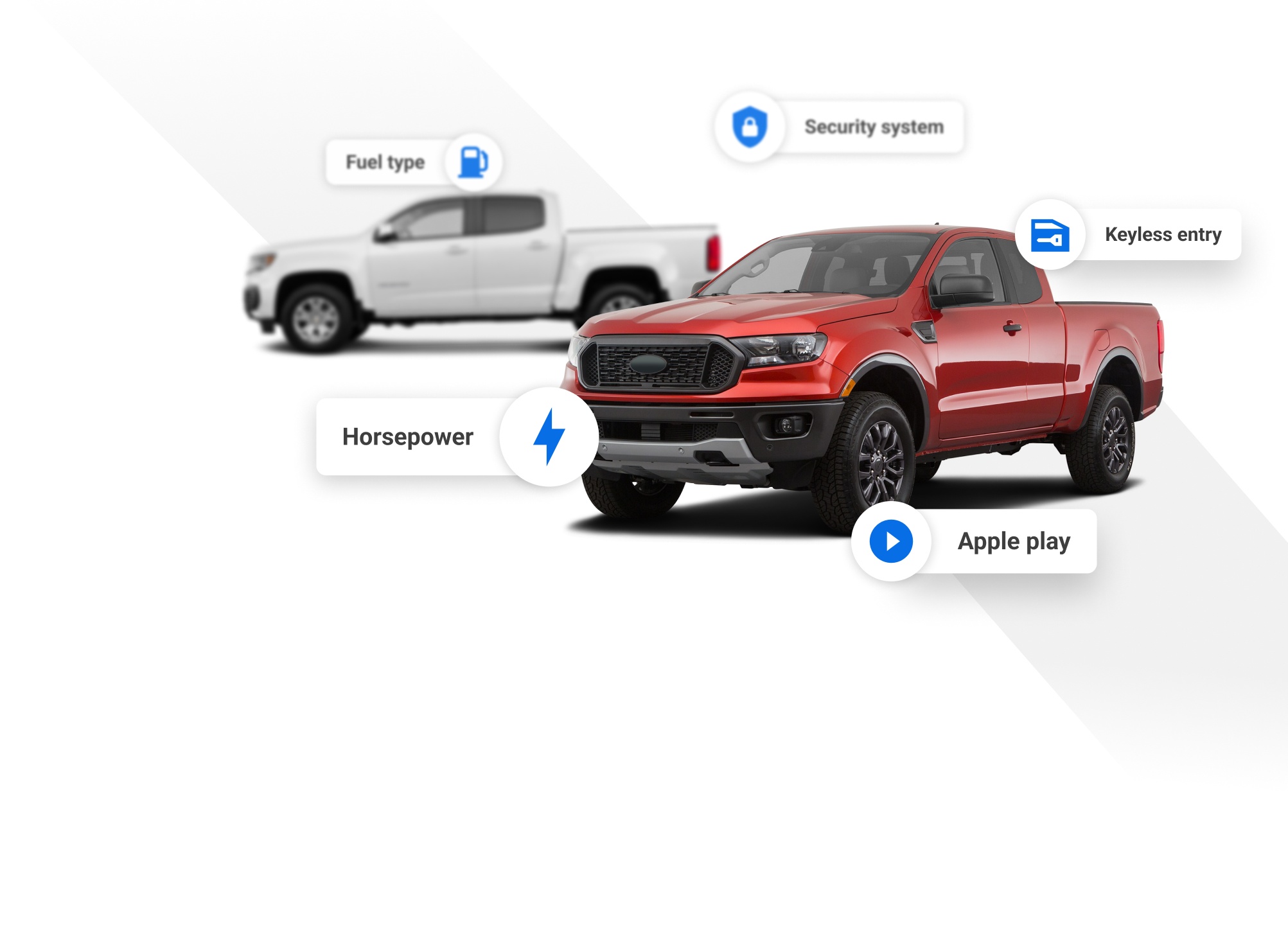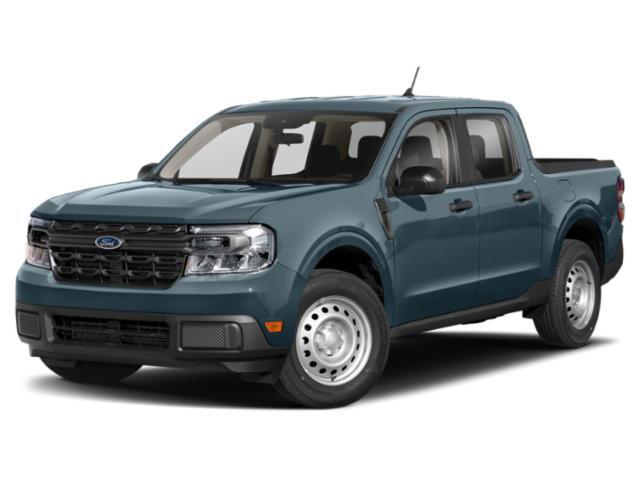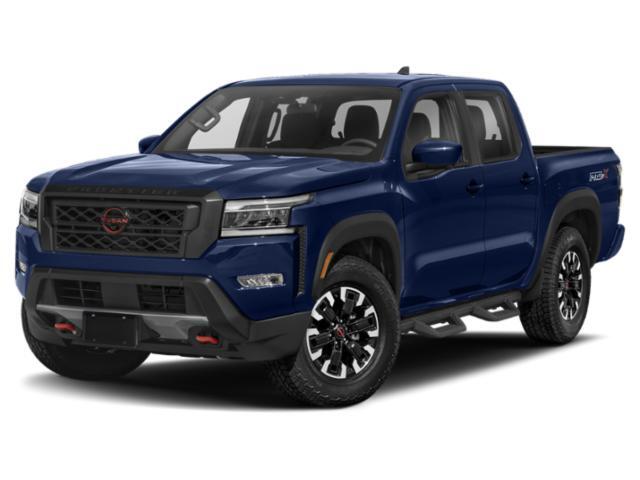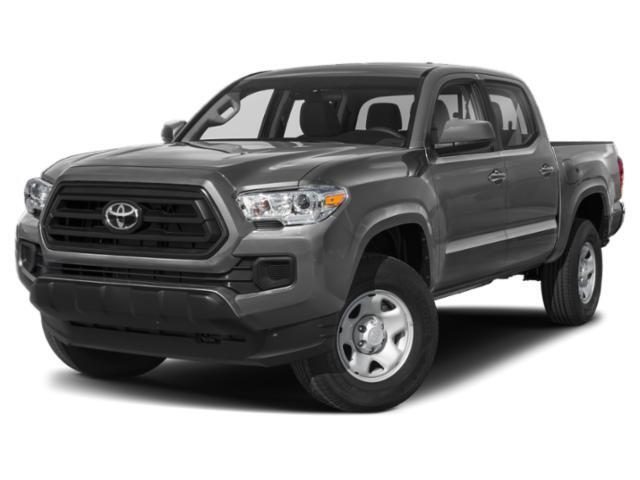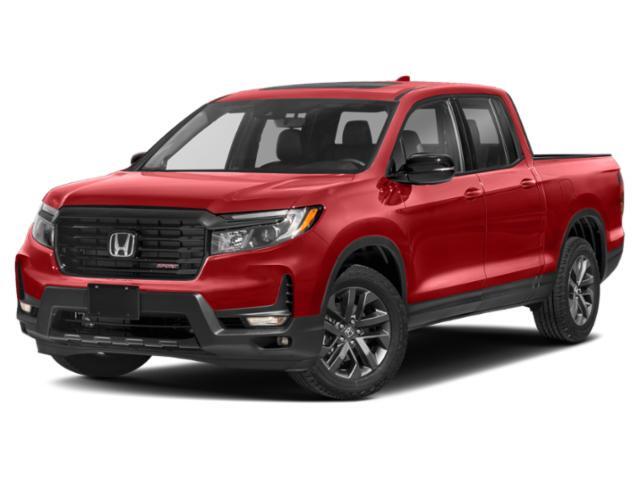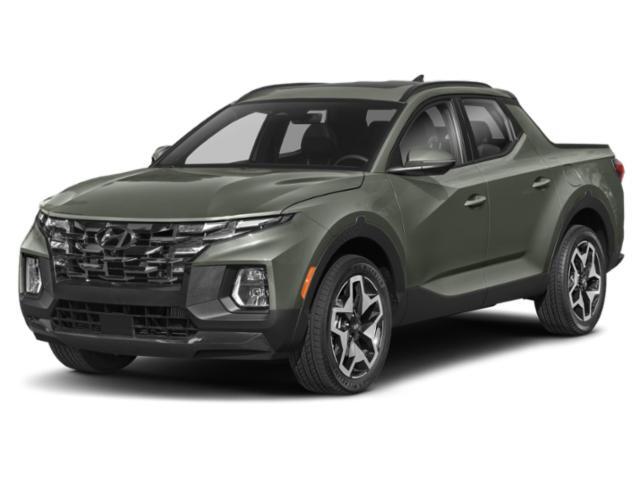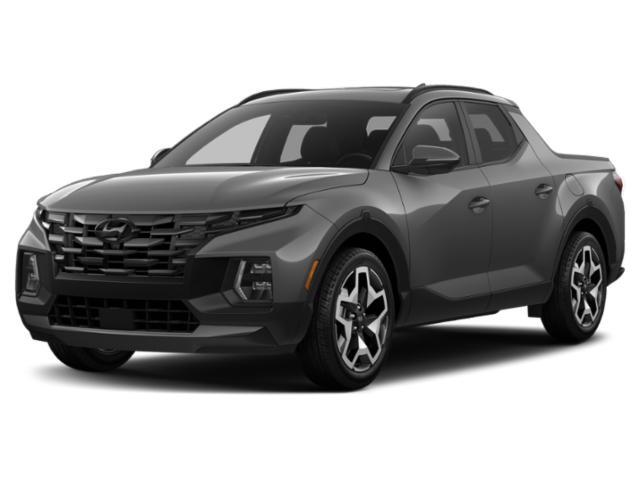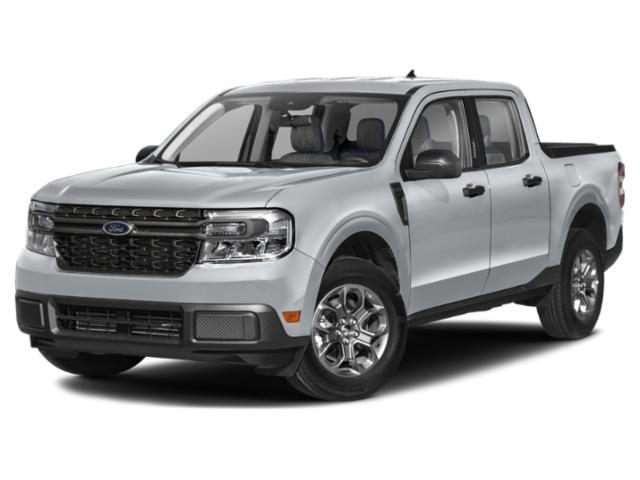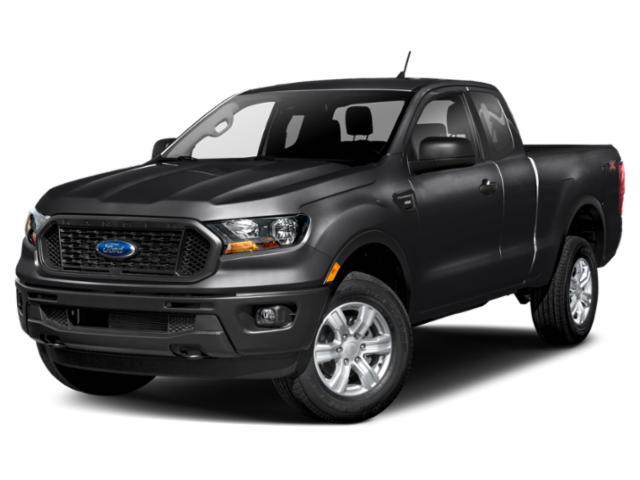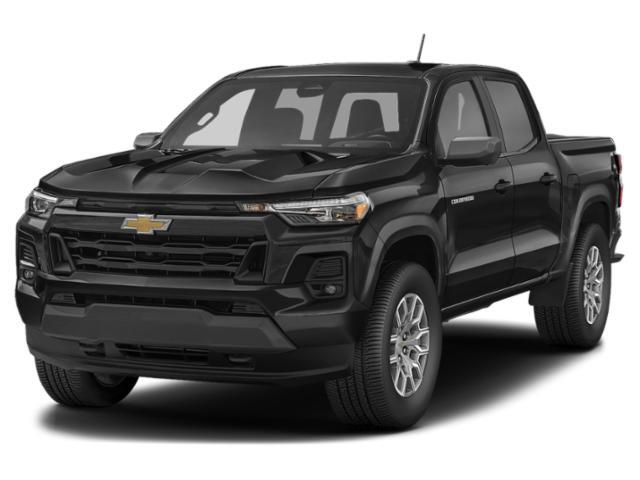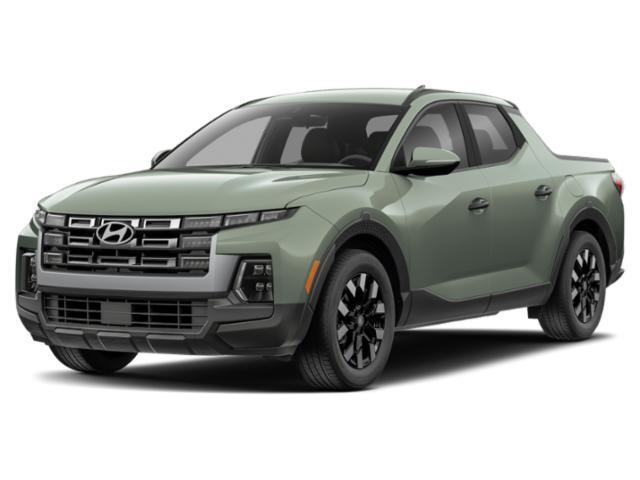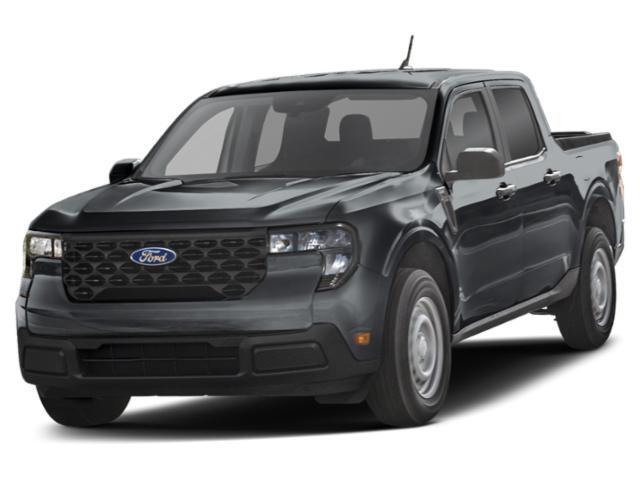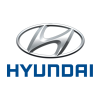
2023 Hyundai Santa Cruz

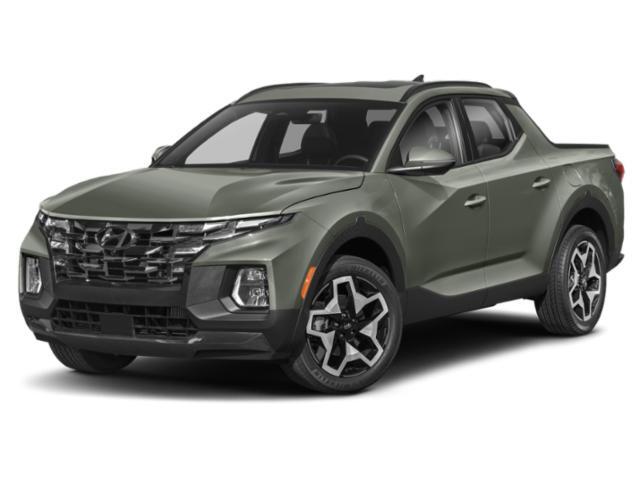
Key Specifications for 2023 Hyundai Santa Cruz






Buyer’s Guide
History/Overview
Last year, Hyundai made a strategic move into the pickup segment with the Santa Cruz, which slots into a new compact truck category that fills the gap left by former compacts that have grown up to become mid-sizers.
What’s New/Key Changes From Last Year
There are no changes to the Santa Cruz for its second year on the market.
Available Trims
Hyundai offers the Santa Cruz in Preferred, Trend, and Ultimate trim levels. In all, power is from a 2.5L turbo four-cylinder engine, an eight-speed transmission, and AWD.
Standard Features
Preferred models start out with 18-inch wheels, LED headlights/taillights, heated front seats, a 10.25-inch touchscreen, navigation, six-speaker audio, dual-zone A/C, and passive keyless entry. In addition, all Santa Cruz trims come with forward collision mitigation, pedestrian detection, lane keep/follow assist, automatic high beams, blind spot monitoring, and rear cross-traffic traffic collision mitigation.
Trend gains leather upholstery, a power driver’s seat, ambient lighting, an eight-speaker stereo, adaptive cruise control, and a sunroof.
Ultimate’s additions include 20-inch wheels, upgraded headlights, rain-sensing wipers, ventilated front seats, wireless phone charging, digital gauges, an auto-dimming mirror, a surround-view monitor, blind spot camera, and highway driving assist.
Fuel Economy
Hyundai’s fuel consumption estimates are 12.1/8.7 L/100 km (city/highway) for all Santa Cruz trim levels.
Competition
With the Santa Cruz, Hyundai primarily competes with the Ford Maverick; the Honda Ridgeline is larger, but is otherwise similar in concept with its crossover-based platform.
Review & Compare:
Photos

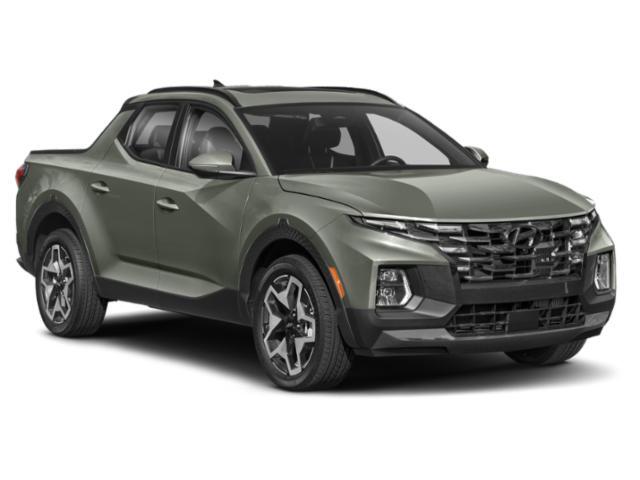
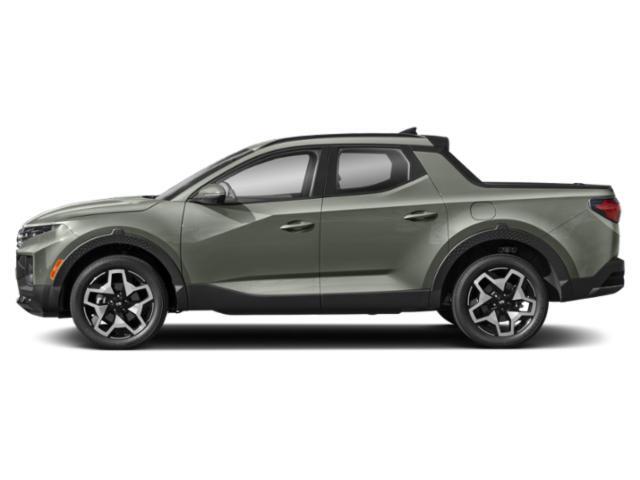
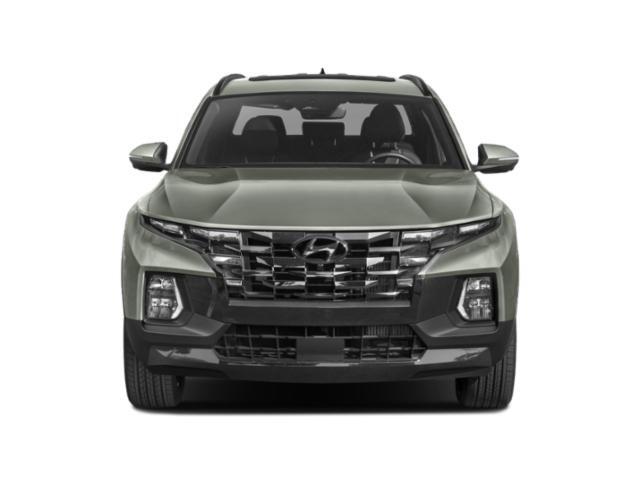

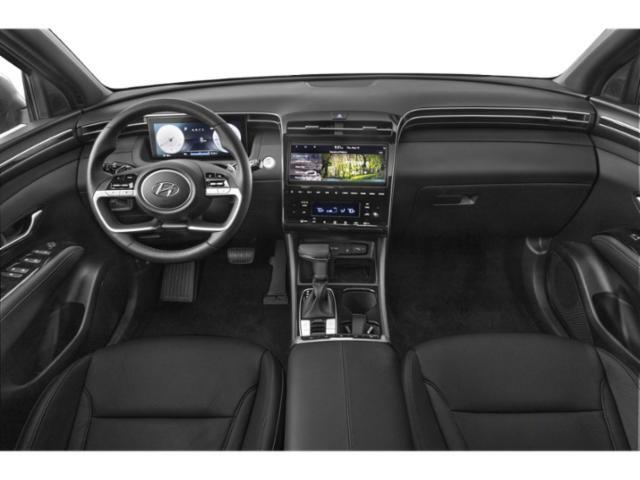
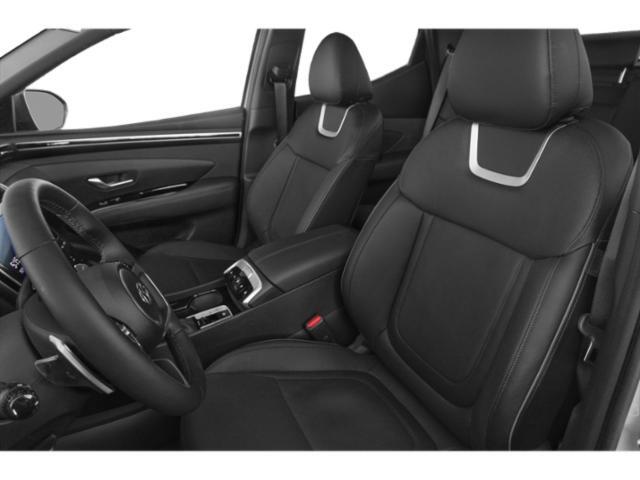
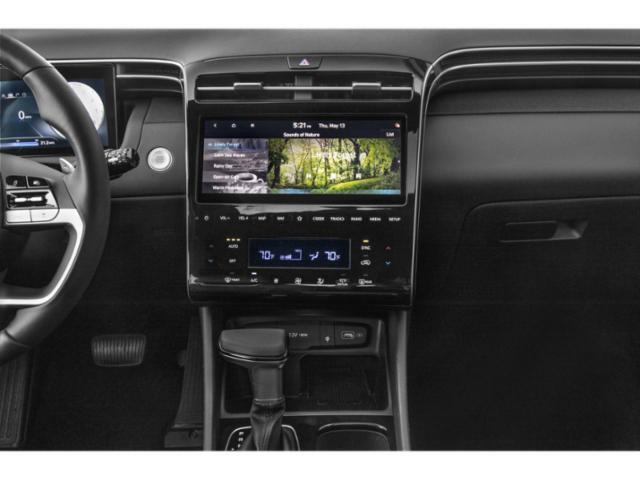

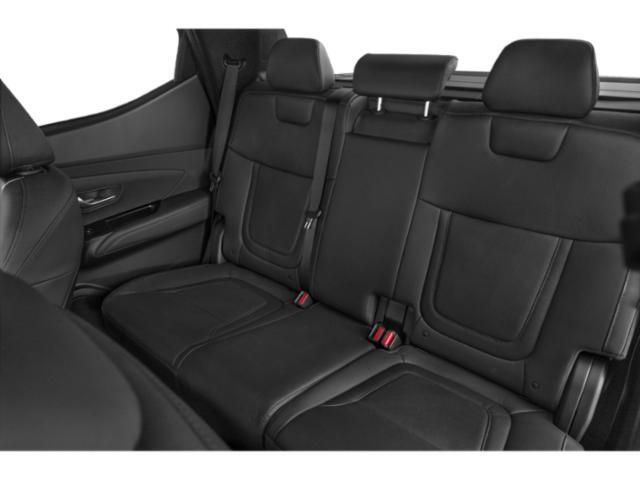
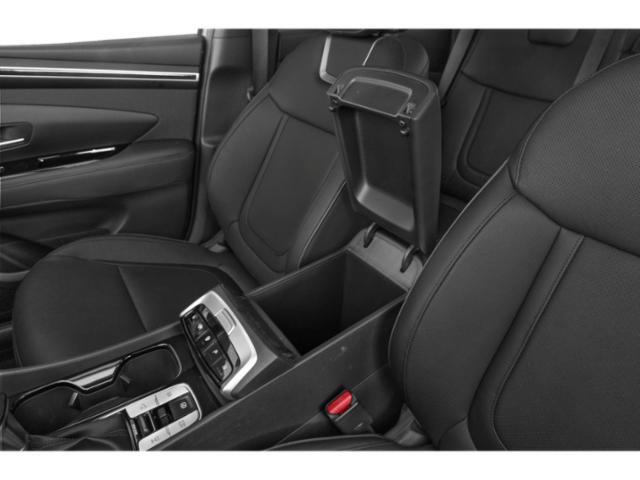
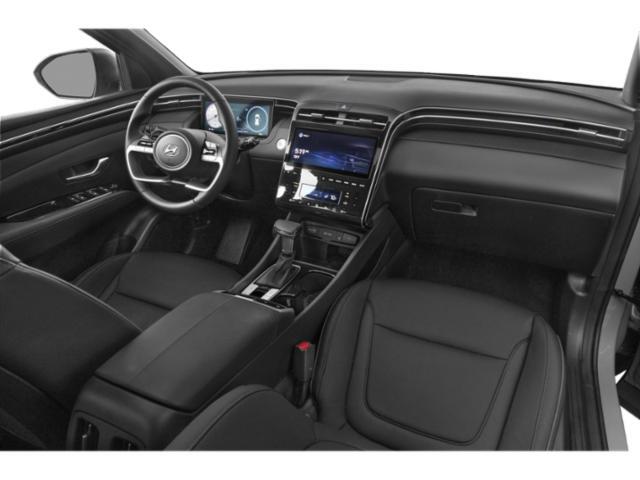
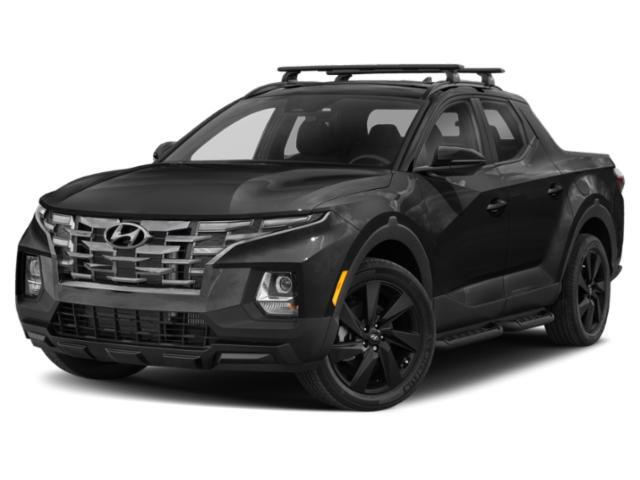

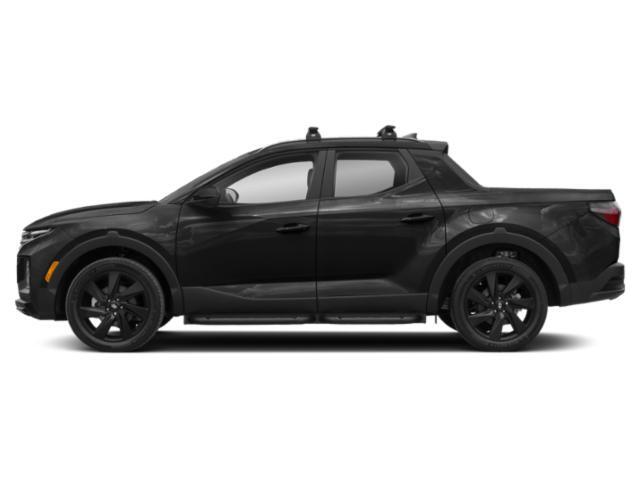
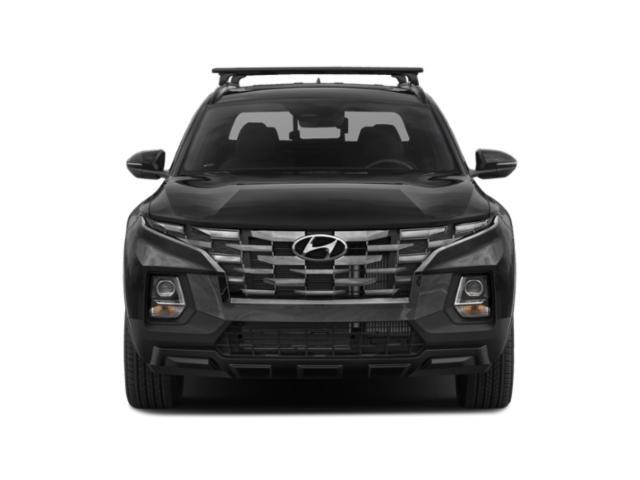
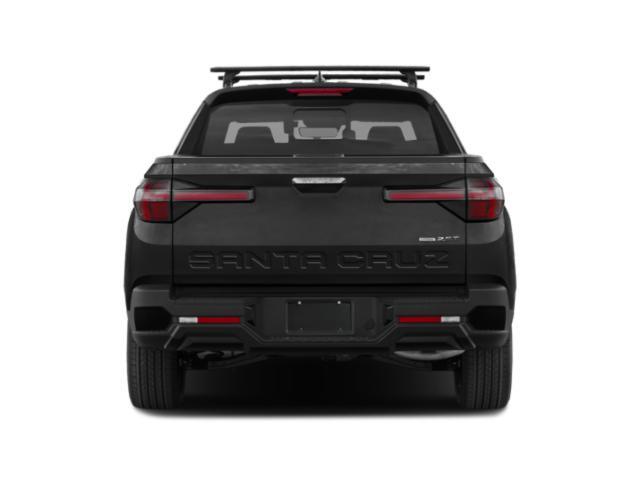
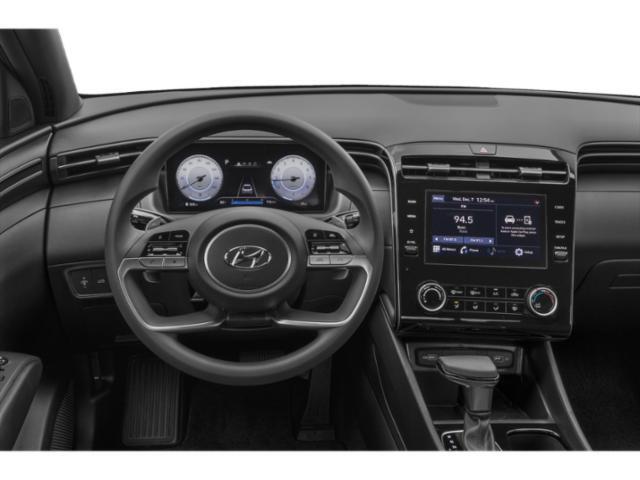
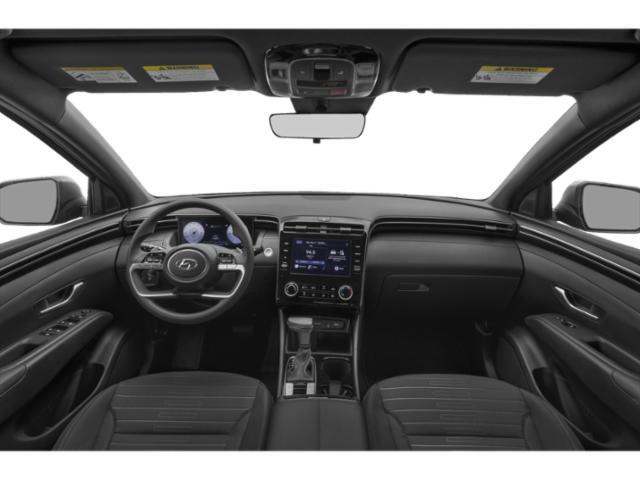
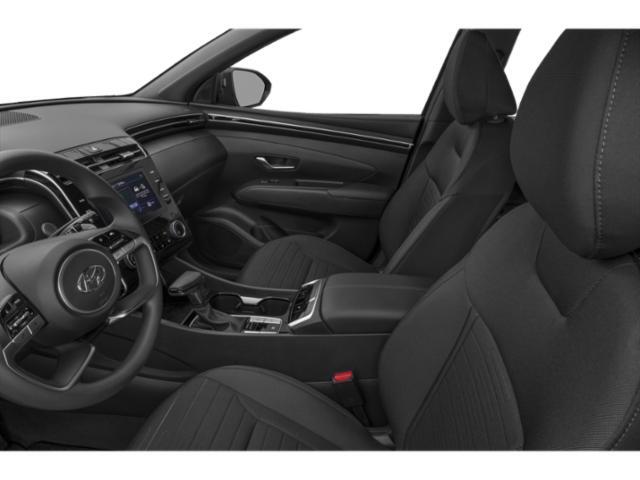
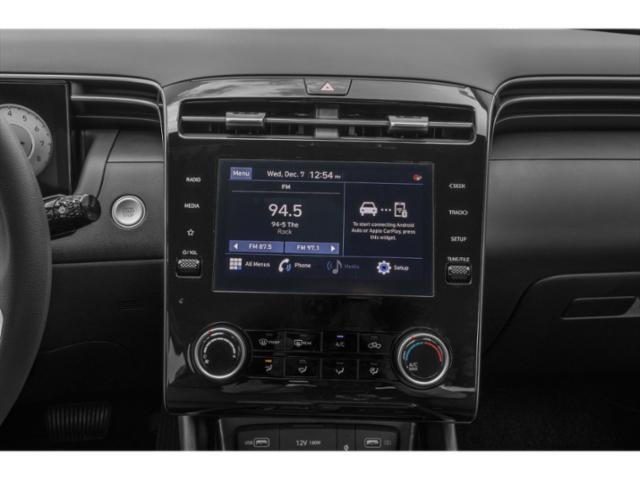
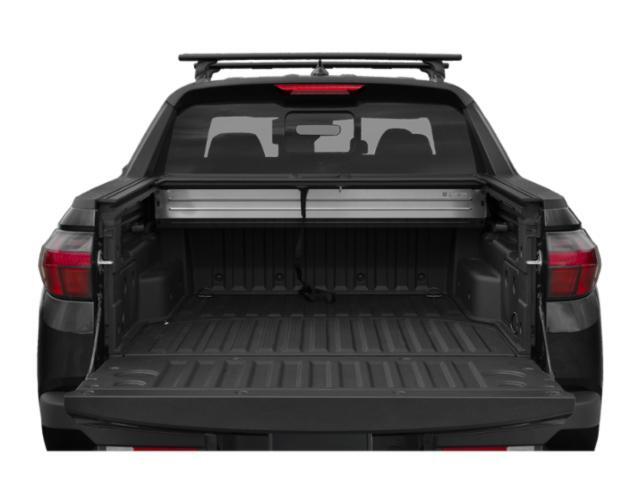
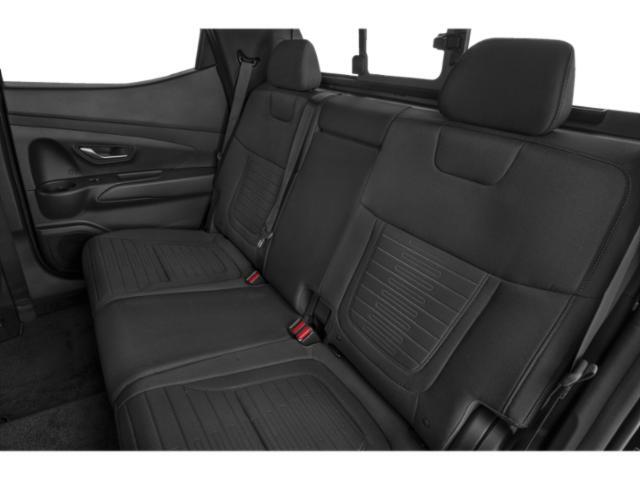
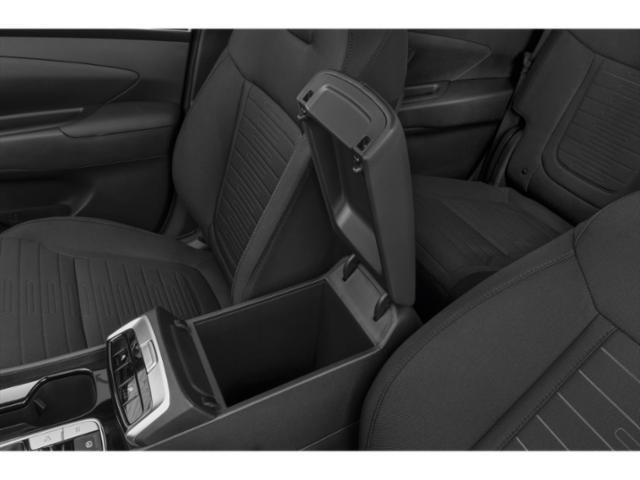
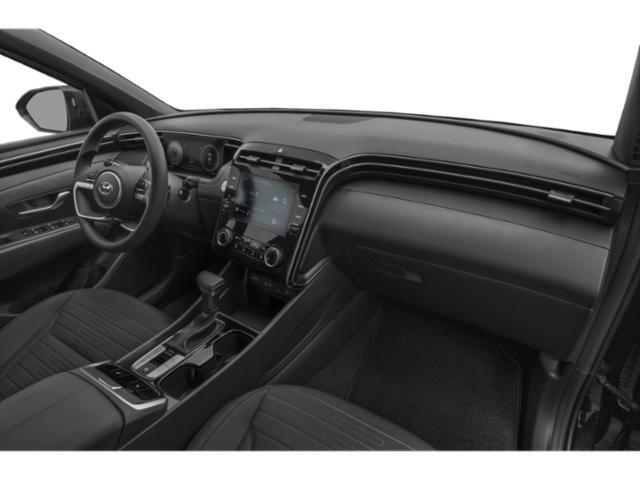

























AutoTrader Review


This vehicle has not yet been reviewed



